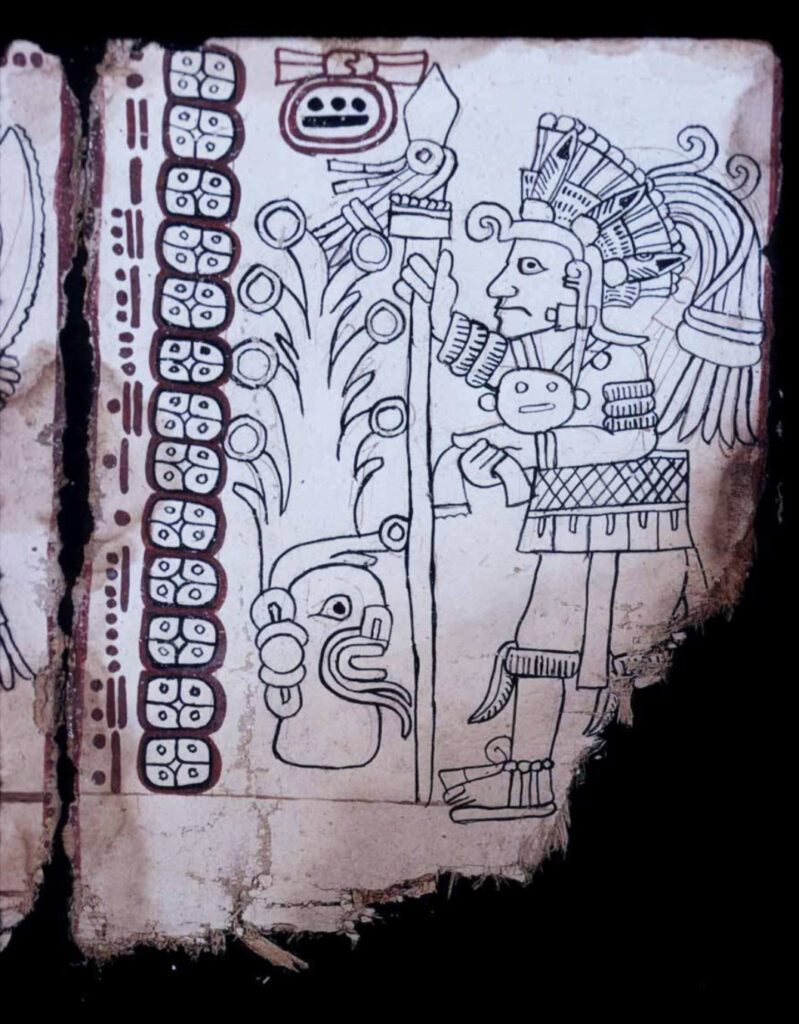Within anthropological studies, there has almost always been an unacknowledged feud between the study of linguistics and archaeology. Although focusing on past human behavior, the work of linguistics, unlike that of archaeology, has languages that “are still living lineages” (Heggarty). However, it is crucial to remember that fundamentally both studies rely on the remains of past societies (whether artifacts or language) and can be used to further the research within the respective fields. Although linguistics “does not need any written history to help” according to linguistic researchers such as Paul Heggarty, archaeological finds have been crucial to the advancement of linguistics. Valuable finds, such as the Rosetta Stone, a granodiorite stela with a text translated in hieroglyphics, demotic script, and Greek, allowed intellectuals to begin to decipher hieroglyphs and “unlock the secrets of the ancient civilization” (Solly).
The World Heritage Site Bogazköy-Hattusha in northern Turkey for the past 100 years has discovered thousands of clay tablets with cuneiform writing providing valuable information concerning the Hittites history. Following the Hittite state, Hattusha was destroyed “around 1200 BC during the Bronze Age collapse” (Milligan). In the past year, archaeologists uncovered a seemingly typical clay tablet with the common Hittite cultic text. After further inspection, researchers found, buried within the Hittite writing, a recitation in a hitherto unknown language. A thrill for linguists and archaeologists alike.
Figure 1: At this excavation site at the foot of Ambarlikaya in Bogazköy-Hattusha in Turkey, a cuneiform tablet with a previously unknown Indo-European language was discovered. (Image: Andreas Schachner)
The language is still undergoing precise classification as it is, presently, incomprehensible. Professor Elisabeth Reiken from the Julius-Maximilians University has confirmed the text to be a part of the Antolian-Indo-European language family. Although close to the origins of the Palaic language, the text seems more compatible with Luwian dialects of Late Bronze Age Anatolia. The new language was an unsurprising find for the Head Chair of Near Eastern Studies, Professor Daniel Schwemer. Whose research on other clay tablets from the site displayed how the Hittite people “were uniquely interested in recording rituals in foreign languages” (Schachner). The tablets offer a slight insight into the Hittite rituals and therefore a further observation of the linguistics within the Late Bronze Age of Anatolia. The artifacts from the Bogazköy-Hattusha Site additionally provided the ability to view passages in Luwian and Palaic which are closely related to Hittite and Kalasma.
Figure 2: Hittite Cuneiform Tablet, baked clay Hattusha Late Bronze Age 13th century BCE. (Image: Leman Altuntaş)
Although, the majority of data for linguistics is still attainable through the dialects and languages spoken today, without such artifacts these major developments in linguistic studies would not be possible. The clay tablets from the Bogazköy-Hattusha Site were able to help linguists define the nature and culture around language in northern Turkey during the Bronze Age, a period where linguistic data is minimal. Archaeology can help track the movement and lives of people from the past so it shouldn’t be surprising that it can similarly help linguists track the evolution of languages. Even though anthropological fields have historically been separated, it’s important to remember that “the cross-disciplinary whole is far greater than the sum of its individual parts” (Heggarty). It is not possible to have an in-depth understanding of historical linguistics without acknowledging the other aspects and studies of prehistory, such as archaeology.
References:
Altuntaş, Leman. “A New Indo-European Language Discovered in the Hittite Capital Hattusha.” Arkeonews, 21 Sept. 2023, arkeonews.net/a-new-indo-european-language-discovered-in-the-hittite-capital-hattusha/.
Heggarty, Paul. “Archaeology and Language – Fifteen Eighty Four: Cambridge University Press.” Fifteen Eighty Four | Cambridge University Press – The Official Blog of Cambridge University Press, 18 Mar. 2014, www.cambridgeblog.org/2014/03/archaeology-and-language/.
Milligan, Markus. “Archaeologists Discover Previously Unknown Indo-European Language in Turkey.” HeritageDaily, 22 Sept. 2023, www.heritagedaily.com/2023/09/archaeologists-discover-previously-unknown-indo-european-language-in-turkey/148679.
Schachner, Andreas. “New Indo-European Language Discovered.” Startseite – Universität Würzburg, 20 Aug. 2023, www.uni-wuerzburg.de/en/news-and-events/news/detail/news/new-indo-european-language-discovered/.
Solly, Meilan. “Two Hundred Years Ago, the Rosetta Stone Unlocked the Secrets of Ancient Egypt.” Smithsonian, Smithsonian Institution, 27 Sept. 2022, www.smithsonianmag.com/history/rosetta-stone-hieroglyphs-champollion-decipherment-egypt-180980834/.
Additional Sources:
MacGinnis, John. “Archaeologists Discover Lost Language.” University of Cambridge, 10 May 2012, www.cam.ac.uk/research/news/archaeologists-discover-lost-language.
Ehret, Christopher. “Linguistic Archaeology – African Archaeological Review.” SpringerLink, Springer US, 18 Sept. 2012, link.springer.com/article/10.1007/s10437-012-9116-x.



